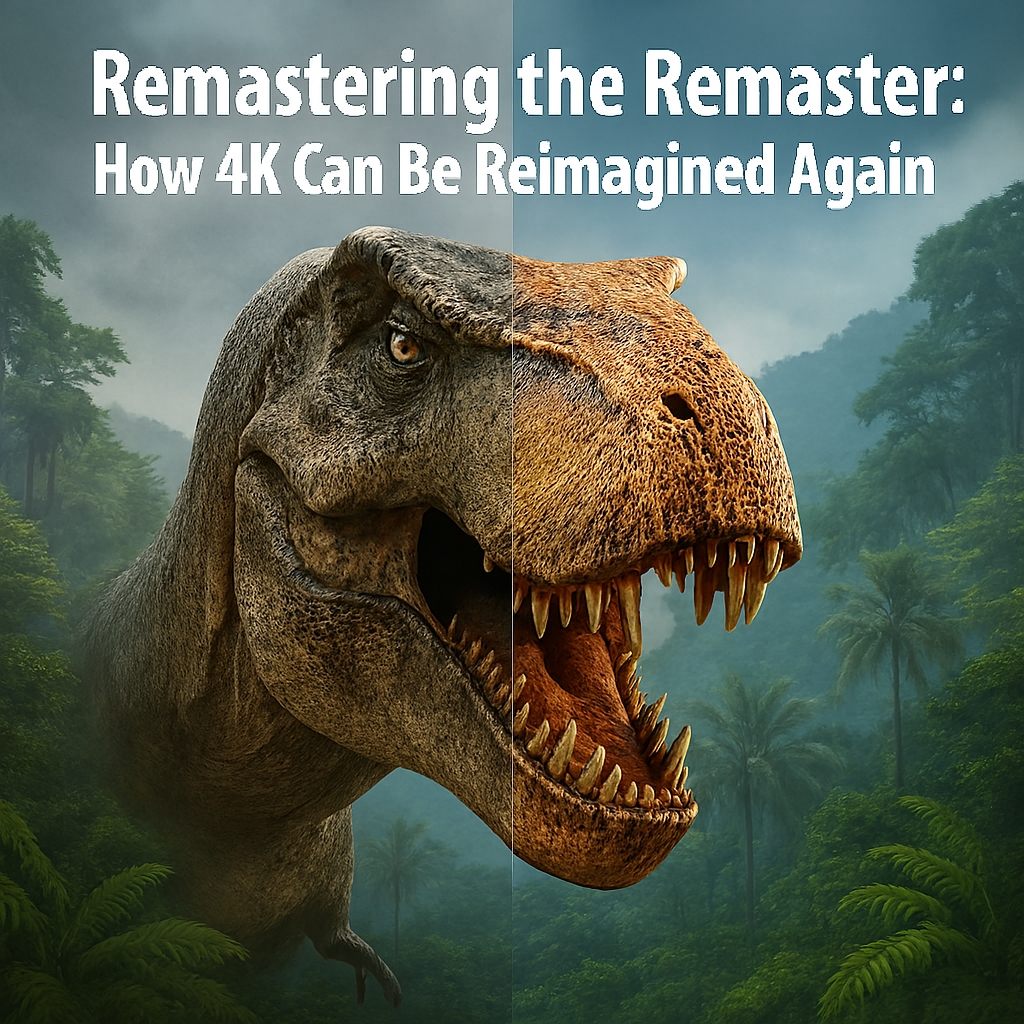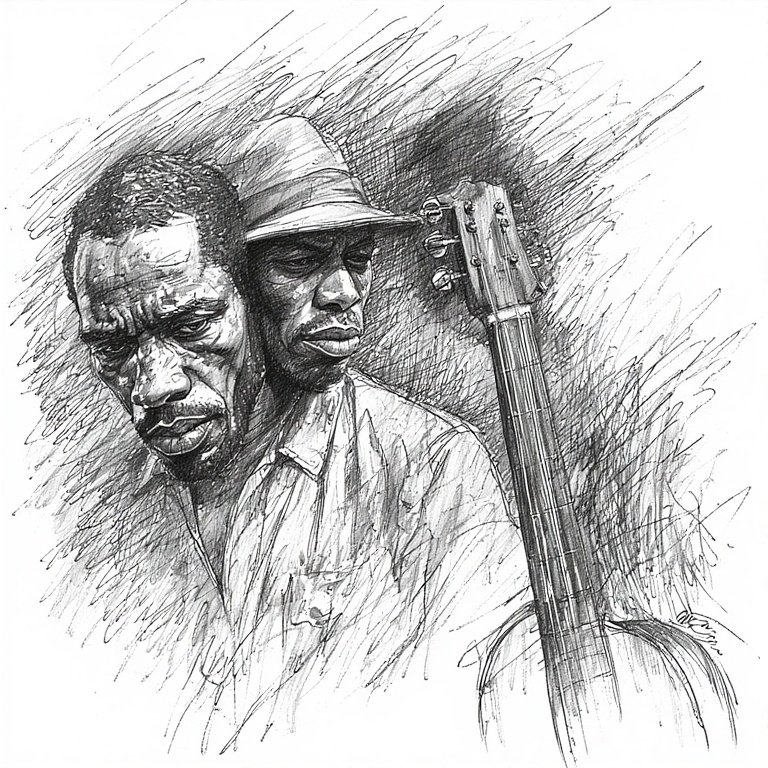James Gunn’s Superman – FLAT-LINED LEGEND
A HERO WITHOUT HEAT In 2025
James Gunn Superman arrives with legacy weight and creative expectation in 2025. Known for emotionally eccentric ensembles and genre-defining soundtracks, Gunn’s previous work in Guardians of the Galaxy and The Suicide Squad set a high bar for character design, tonal cohesion, and symbolic storytelling. This version of Superman, however, feels curiously restrained—neither mythic nor rebellious, neither emotionally resonant nor visually daring. It plays safe where it should provoke and flattens archetype where it should elevate.
The result is a cinematic experience that feels ideologically curated but narratively diluted. This breakdown explores the psychological, symbolic, and technical dimensions of the film, section by section. From character design to musical identity, villain construction to emotional architecture, each element is examined with precision. The goal is not to dismiss the film, but to understand why it fails to resonate. In a genre built on myth and emotion, Superman needed more than correctness—it needed courage.
SUPERMAN WITHOUT MYTH
Superman has always been more than a man in a cape—he’s a symbol of moral clarity, aspirational strength, and existential burden. In Gunn’s version, he is rendered emotionally neutral and psychologically flat. He’s not awkward, not charismatic, not conflicted—just ordinary. This neutrality strips the character of his mythic function, reducing him to a placeholder rather than a protagonist. His costume design lacks symbolic resonance, and his physicality conveys no internal tension.
There’s no transformation, no emotional arc, no heroic crescendo. Audiences are given no reason to invest in his journey beyond brand recognition. Without tension or transcendence, the character fails to inspire. Superman here is not a beacon, not a rebel—just a man. And in mythic storytelling, that’s not enough.
CHARACTER DESIGN FAILURE
Gunn’s strength has always been character design—quirky, layered, and emotionally charged. In Guardians and Suicide Squad, every character had a symbolic function and visual identity. In Superman, that design language is missing. Supporting characters feel generic, with no standout traits or emotional hooks. Lex Luthor, traditionally a psychological foil, is mild and forgettable. His motivations are unclear, his menace diluted. The pen-throwing scene is bizarre, contextless, and emotionally incoherent. It’s not shocking—it’s just dumb. No character feels fully realized, and none evolve meaningfully. The film lacks the emotional architecture that makes Gunn’s ensembles memorable.

MUSICAL IDENTITY LOST
James Gunn’s soundtracks are usually cultural events. Guardians of the Galaxy used music to build emotional texture and narrative rhythm. Suicide Squad weaponized sound to amplify chaos and character. In Superman, the music is generic and emotionally inert. There are no lyrical motifs, no sonic callbacks, no mood-defining tracks. The score feels like filler, not narrative fuel. Scenes that should soar fall flat without musical lift. Emotional beats are underscored with bland orchestration. Gunn’s musical instinct is absent, and the silence is deafening. Without a sonic spine, the film loses its pulse.
SCENE CONSTRUCTION WEAKNESS
Gunn’s best films are built around unforgettable scenes. Superman has none. There’s no visual set piece that lingers, no emotional moment that resonates. The pacing is cautious, the framing conventional. Action sequences are serviceable but lack symbolic weight. Dialogue scenes feel like placeholders, not revelations. There’s no catharsis, no spectacle, no surprise. Even the climax feels like a checklist, not a crescendo. The film moves, but it never moves you. Scene construction here is functional, not cinematic.
POLITICAL CORRECTNESS OVER STORY
The film feels more like a product of ideological caution than creative ambition. Dialogue is sanitized, conflict is softened, and complexity is avoided. Characters speak in safe tones, avoiding emotional risk or moral ambiguity. Representation is present but not deep—it’s symbolic, not integrated. The story avoids offense but also avoids impact. Political correctness becomes a filter that dulls narrative edge. Emotional realism is sacrificed for ideological alignment. The result is a film that feels curated, not created. Good intentions are clear, but good storytelling is not. It’s more inclusive than immersive.
VILLAINS WITHOUT TEETH
Lex Luthor is supposed to be a psychological titan. Here, he’s a whisper. His presence lacks tension, his actions lack consequence. The pen-throwing scene is his most aggressive moment—and it’s weirdly out of place. Other villains are equally forgettable, offering no symbolic contrast or emotional threat. There’s no ideological clash, no moral dilemma, no fear. The antagonists feel like filler, not forces. Without compelling villains, the hero’s journey has no stakes. Conflict is diluted, and resolution feels unearned. The film forgets that great heroes need great enemies.

KRYPTO – THE EMOTIONAL ANCHOR
In a film full of emotional voids, Krypto the Superdog stands out. He’s expressive, loyal, and symbolically clear. His presence adds levity and warmth, offering the only real emotional connection. Krypto’s scenes are well-paced and visually engaging. He provides contrast to Superman’s emotional flatness. Audiences respond to Krypto because he feels alive. His design is charming, his behavior endearing. He’s not just comic relief—he’s the heart. In a better film, he’d be a sidekick. Here, he’s the soul.
KRYPTO – THE DOG WHO OUTACTED THE CAST
In a film defined by emotional restraint, Krypto the Superdog delivers the most compelling performance—and he’s not even real. The animated canine radiates loyalty, vulnerability, and instinctive courage, all without a single line of dialogue. His expressions are readable, his reactions are emotionally timed, and his presence injects warmth into a story otherwise chilled by tonal caution.
Krypto doesn’t just support Superman—he compensates for him. While the titular hero floats through scenes with moral neutrality and psychological flatness, Krypto leaps, listens, and sacrifices with symbolic clarity. Every tilt of his head, every moment of hesitation or defiance, carries more emotional weight than the entire human ensemble combined. It’s not just that Krypto is charming—it’s that he’s coherent. He has an emotional arc, a symbolic function, and a visual rhythm that the live-action characters lack.
And he’s not alone.
Across the film, every animated character—whether digitally rendered, enhanced, or stylized—feels more alive than their human counterparts. The alien creatures, robotic assistants, and background simulations all exhibit more emotional texture and narrative purpose than the actors tasked with carrying the story. Their movements are expressive, their timing precise, and their symbolic roles clear. In contrast, the live-action performances feel muted, cautious, and emotionally disconnected.
Dialogue is delivered with studio-safe neutrality, and physical gestures lack tension or transformation. There’s no sense of internal conflict, no mythic burden, no cathartic release. The animated characters, ironically, are the only ones who behave like they’re in a movie about Superman. They respond to danger, express loyalty, and evolve through action. The humans, meanwhile, recite, pose, and exit.
Krypto becomes the emotional anchor not because he’s cute, but because he’s the only character who feels. His loyalty is immediate, his symbolism intact, and his arc emotionally satisfying. In a film that forgets how to feel, the animated dog becomes the only figure who actually does. It’s a strange irony that the film’s most believable performance comes from pixels, not people—but it’s also a damning indictment of the film’s emotional architecture. Gunn’s ensemble, usually so rich with eccentricity and depth, is reduced here to placeholders. The animation team understood the assignment. The actors, it seems, were never given one.
TECHNICAL PRESENTATION
The 4K disc presentation is technically impressive. Sound design is immersive, with clear spatial dynamics and strong bass response. Dialogue is crisp, and ambient effects are well-balanced. Picture quality is sharp, with excellent detail in close-ups and textures. However, some scenes lack visual punch—contrast and color grading feel restrained. The image is clean but not expressive. There’s no symbolic use of light or shadow. The technical fidelity is high, but the artistic impact is low. It’s a showcase of equipment, not emotion. The disc is better than the movie.
STRUCTURE AND RUNTIME
The film’s structure feels indecisive. It’s too long for its content, yet too short for its potential. Key plot points are rushed, while filler scenes linger. There’s no clear emotional arc, no thematic crescendo. The story lacks density, and the pacing lacks rhythm. More action could have helped, but more character depth was essential. The runtime feels like a compromise, not a choice. Editing is clean but uninspired. The narrative never builds—it just unfolds. It’s a structure without spine.
THE SEQUEL – WHAT NEEDS TO CHANGE
A sequel is already in development, but the foundation needs serious repair. Gunn must return to his strengths—bold character design, emotional eccentricity, and symbolic storytelling. Superman needs mythic weight, not neutrality. The villains must be ideologically charged and emotionally dangerous. Music must return as a narrative force, not background filler. Scenes must be constructed with catharsis, tension, and visual memory. The sequel must take risks, not just reinforce safe representation. Krypto should remain, but he can’t carry the emotional load alone. The next chapter must challenge the audience, not just comfort them. If Gunn wants to redefine Superman, he must first remember what made him legendary.
VISUAL LANGUAGE AND COLOR
The film’s visual palette is competent but emotionally muted. Gunn’s previous work used color as a symbolic tool—vibrant, chaotic, and emotionally coded. In Superman, the color grading is restrained, with little contrast between emotional tones. Scenes that should feel mythic or tragic are rendered in flat neutrals. There’s no symbolic use of red, blue, or gold to elevate Superman’s identity. The environments lack texture and emotional resonance. Even Krypton flashbacks feel sterile, missing the grandeur or decay that defines origin myth. Gunn’s visual language here feels more like studio compliance than auteur expression. Without bold color choices, the film loses symbolic depth. It’s visually clean, but emotionally colorless.
EMOTIONAL STAKES AND CONSEQUENCE
A superhero film lives or dies by its emotional stakes. In Superman, the stakes are vague, the consequences minimal. Characters make decisions without emotional cost or moral tension. There’s no sense of sacrifice, no irreversible loss, no moment of existential reckoning. Superman’s choices feel procedural, not personal. The relationships lack weight—romantic, familial, or ideological. Even Lex Luthor’s actions seem disconnected from real consequence. The audience is never asked to feel dread, hope, or heartbreak. Emotional stakes are the engine of mythic storytelling, and here they barely register. Without consequence, the story floats without gravity.
DIALOGUE AND VOICE
Dialogue in Superman is functional but uninspired. Characters speak in clean, cautious lines that avoid emotional risk. There’s no lyrical rhythm, no philosophical tension, no symbolic layering. Gunn’s usual wit and emotional texture are absent. Superman’s voice lacks gravitas, irony, or vulnerability. Lex Luthor’s lines are forgettable, missing the intellectual venom or ideological clarity that defines him. Supporting characters speak in exposition, not revelation. There are no quotable lines, no moments of verbal catharsis. The film’s voice is technically correct but emotionally silent. In mythic cinema, dialogue should echo—this one fades.

SYMBOLISM AND LOST ICONOGRAPHY
Superman is built on iconography—cape, crest, flight, sacrifice. Gunn’s version uses the symbols but doesn’t activate them. The “S” shield is present but never emotionally charged. Flight scenes lack awe, and the cape never feels like a mantle. There’s no moment where Superman becomes more than a man—no symbolic ascension, no mythic burden. Even the Fortress of Solitude is underused, stripped of its emotional and narrative power. The film gestures toward symbols but never lets them resonate. Iconography without emotional activation is just costume. Gunn knows how to build symbols—he just didn’t use them here. The result is a film that wears the legend but never earns it.
AUDIENCE RESPONSE AND CULTURAL IMPACT
Reception to Superman has been mixed, with audiences divided between cautious optimism and quiet disappointment. The film didn’t provoke outrage—it provoked indifference. There’s little cultural conversation, no viral moments, no symbolic debate. Fans of Gunn’s previous work found the tone unfamiliar and the characters undercooked. Superman loyalists felt the myth diluted, not reimagined. Critics praised the technical polish but noted the emotional void. The film didn’t fail commercially, but it failed to ignite cultural resonance. There’s no meme culture, no soundtrack revival, no archetypal imprint. In a media landscape built on emotional imprint, Superman left no mark. It was watched—but not remembered.
CONCLUSION – A LEGEND DIMMED
James Gunn’s Superman is not a disaster—it’s something worse: forgettable. It lacks the emotional eccentricity, symbolic clarity, and tonal boldness that define Gunn’s best work. Superman is rendered as a neutral figure in a neutral world, surrounded by characters who barely register. The music doesn’t sing, the villains don’t bite, and the story doesn’t rise. Krypto the dog is the only element with emotional charge, which says everything. The film is technically competent but spiritually hollow. It doesn’t offend—it evaporates. In a genre built on myth, this Superman doesn’t fly, fall, or fight. He floats. And that’s not enough.
JOIN THE DISCUSSION
What does Superman mean to you—and did Gunn’s version live up to that legacy? Should mythic heroes challenge us, comfort us, or both? Did the film resonate, or did it miss the mark entirely? Which elements worked, and which felt hollow? Share your thoughts on character design, music, symbolism, or structure. Let’s talk about what makes a hero endure—and what happens when the myth is muted. Whether you loved it, hated it, or felt nothing at all, your perspective matters. This isn’t just about one film—it’s about how we tell stories that shape identity. Drop your take, challenge mine, or build on it. The cape is optional, but the conversation is wide open.
#Superman #JamesGunn #FilmCritique #MovieReview #CinemaAnalysis #Storytelling #CharacterDesign #SymbolismInFilm #VisualStorytelling #CulturalCommentary















Being Fat In Sport Powerful Yet Scary Psychology
[…] names are remembered. Media coverage often focuses on size, not skill. Commentators may joke about weight or frame it as a novelty. Fans may cheer ironically or fetishize their presence. Opponents may underestimate them or target […]